Milestones
1907 – A Humble Beginning
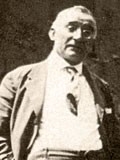
William Howard Craig, MD originally founded San Antonio Regional Hospital at the corner of Arrow Highway and San Antonio Avenue. With only 18 beds and a staff of 5 physicians, the new hospital brought much needed medical care to the beautiful inland valley. Dr. Craig graduated with a degree in medicine from Johns Hopkins University, known as the College of Physicians and Surgeons of Baltimore, in 1886. He served the Upland community as a general practitioner and surgeon for 37 years.
1919 – Young Nurses in Training
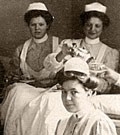
Not only did San Antonio Hospital minister to the sick directly, it also conducted a training school for nurses. The San Antonio Hospital School of Nursing graduated its first nurses in 1919. The wage scale during nurses' training began at $1.50 per month for the first year and increased to $2.00 a month for the second and $3.00 for the third. The superintendent of nurses received $100.00 per month. The nurses shown here are having tea in their boarding house—quite a civilized existence!
1924 – A Community Relationship Grows
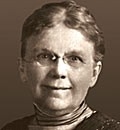
Frances Mary Paul, one of the hospital's first benefactors, provided $75,000 of the $173,000 needed to build the new San Antonio Regional Hospital building where it stands today on San Bernardino Road. The new hospital employed a staff of 16 with 35 beds and a 20-bed nursery.
1924 - Wide Open Country

The new San Antonio Regional Hospital building on San Bernardino Road, just after opening. The setting was peaceful, almost pastoral, with wide-open land spaces.
1933 – Superior Leadership
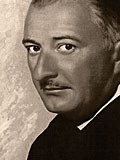
Throughout his career Dr. Al Aita was active in the field of hospital administration. His high rating as an administrator was reflected in the many important posts he held in the healthcare field. He became a member of the Western Institute for Administrators in 1938, was chosen a fellow in 1944, and served as a member of its board of regents from 1951 to 1958.
In 1949, he was appointed to the Hospital Advisory Board of the State of California. Dr. Aita served as president of the Hospital Council of Southern California, California Hospital Association, and Western Hospital Association; regent of the American College of Hospital Administrators; and board member of the American Hospital Association. All hospitals and the patients they serve were enriched by his knowledge and experience.
1940 – Generations of Babies

Two rows of bassinets line the newborn nursery. For more than 100 years, generations of Inland Empire families have been born at San Antonio Regional Hospital.
1943 – The First of Many Greats
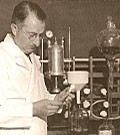
San Antonio Regional Hospital was the first hospital on the west coast to manufacture penicillin in its refined state, making the drug available to the public even before it could be released by the government. Dr. Aita began growing the penicillin-mold cultures in his lab. Request for penicillin poured in from hospitals all over Southern California. (Dr. Aita is shown here preparing penicillin.)
1953 - Latimer Pavilion
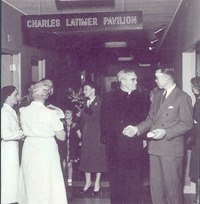
The opening of the Latimer Pavilion represented the fourth addition to the hospital in eleven years, bringing the total capacity of the hospital to 75 beds. The wing was named in honor of Charles Latimer, who served as the president of the hospital’s board of trustees for many years
1964 – Room to Grow
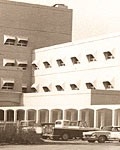
The hospital doubled in size when a new patient tower was completed in 1964. The cost was $4.5 million.
On June 8, the hospital admitted patients to the new four-story addition—larger than the previous four building projects combined. The main tower provided 130 new beds in addition to new outpatient facilities including the pharmacy, physical therapy, central service, emergency, laboratory, and radiology departments.
1975 – An Urgently Needed Addition
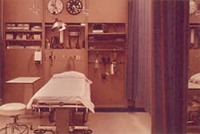
The hospital opened a new Emergency Room, designed to accommodate 35,000 patients per year. By the time the new millennium arrived, the hospital was treating more than double this number, driving the need to begin planning for the next expansion.
1989 – Another Great Milestone
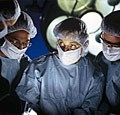
The first open-heart surgery was performed at San Antonio Regional Hospital. Today, the Heart Center provides a full spectrum of cardiac services, from diagnosis to the latest non-invasive, invasive, and surgical procedures, followed by cardiac rehabilitation services to speed recovery after a cardiac procedure.
San Antonio Regional Hospital's comprehensive Heart Center offers the very latest in the prevention, diagnosis, and treatment of all types of cardiac disorders.
1990 – Growing with the Community
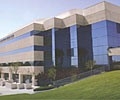
Rancho San Antonio Medical Plaza opened in June, bringing access to urgent care, diagnostic and therapeutic services, and medical offices close to home for the growing population of Rancho Cucamonga.
1996 – Touching Our Youngest Generation
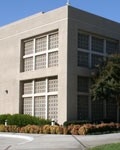
The hospital opened a 20-bed dedicated Neonatal Intensive Care Unit, caring for premature and special needs babies. The intensive care services offered bring life-saving technology to young lives.
The NICU is staffed by registered nurses, neonatologists, respiratory and occupational therapists, dietitians, and social workers. Each member of the team has advanced skills and expertise to meet the special needs of these fragile infants and their families.
2006 – Another Great Beginning
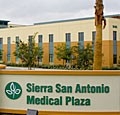
Sierra San Antonio Medical Plaza opened in April, providing the Fontana area with access to urgent care, diagnostic and treatment services, physician offices, and an on-site pharmacy, all designed to meet the needs of the burgeoning population in the region. The facility boasts a 3,000-square-foot education suite where lectures, health screenings, educational programs, and blood drives are held.
2015 – Our Name Has Changed. Our Legacy Hasn’t.

When Dr. William Howard Craig began caring for his community over a century ago, our patients came from just a few square miles. As the population grew, our hospital expanded to meet the growing demand for healthcare services. As the decades passed, our original community hospital with basic services became a sophisticated healthcare organization with advanced technologies to serve patients from throughout the Inland Empire. We literally outgrew our name and based on input from our community, we became San Antonio Regional Hospital.
2015 – Extending Our Region
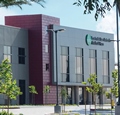
Opening in May, Eastvale San Antonio Medical Plaza became San Antonio Regional Hospital's third satellite facility brining key medical services to the local community. Residents of Eastvale, Corona, Norco, South Ontario, and growing communities across the southeast region of the Inland Empire have access to the high quality care and excellent services for which San Antonio Regional Hospital is known across the region.
2017 – Vineyard Tower Expansion
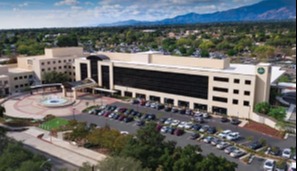
San Antonio Regional Hospital’s 4-story Vineyard Tower opened in January. The state-of-the-art facility added a third 12-bed critical care unit, 80 telemetry beds, and an expanded 52-bed emergency department – all with private patient rooms. Each room contains sophisticated technologies, modern amenities, and a healing environment for patients and their families.
2019 – Proud Partners. Moving Forward
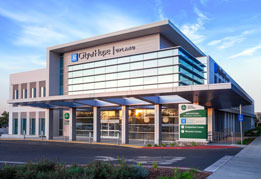
San Antonio Regional Hospital and City of Hope celebrated the opening of the Scheu Family Building in October. The two-story medical office building houses City of Hope’s Cancer Center on the first floor and San Antonio’s outpatient diagnostic and preoperative services on the second floor. The partnership, launched in 2017, brings world-class cancer care, research and support services to cancer patients throughout the region.
Present – San Antonio Regional Hospital Today
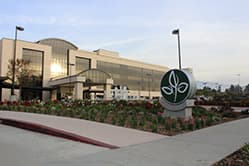
The growth San Antonio Regional Hospital has experienced has been transformational. The hospital has come a long way since its humble beginnings in 1907, with only 18 beds and a staff of 5 physicians. Today, it is a leading medical center with 363 licensed beds and a healthcare team of over 3,000 staff, physicians, and volunteers offering exceptional patient care with compassion throughout the Inland Empire.
